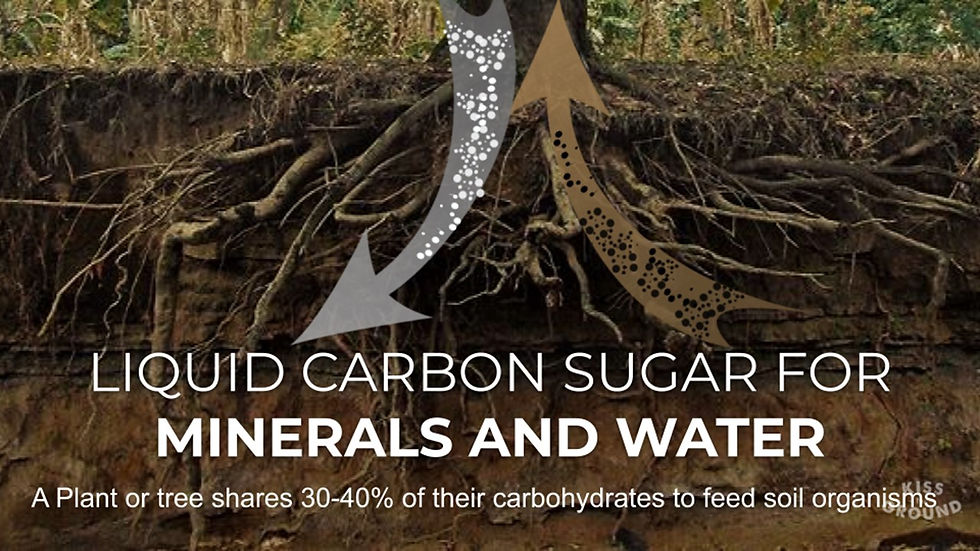One acre of healthy soil can pull one ton of carbon from the atmosphere.

The global food system is a major source of greenhouse gasses, responsible for about 30% of the total global emissions. According to recent studies at Oxford and other prominent universities, even if global emissions from energy, industry and transportation came to a screeching halt, we could still exceed the limits of the Paris Climate Accord unless we do something about food and how we produce it.
“Improving how we produce food, and slight changes in the foods that we consume, can save the earth while it saves ourselves.”
It is interesting to consider how the human diet and the health of the planet are closely entwined—and how a healthier human diet is so much better for the planet. The opposite is also true—what’s not good for humans is also not good for the planet. Too much red meat can lead to heart disease but also leads to CAFO’s and a monocropping system to produce the corn to feed the cows. Too much sugar has led us to an obesity and diabetes crisis along with the monocropping of more corn to produce high fructose corn syrup and other sweeteners.


All life forms on earth are carbon based. It took millions of years for natural carbon cycles to build up soil and cover the earth with living plants.
Our global industrialized food system includes deforestation, intensive tilling and chemical use that destroys the soil and its ability to sequester carbon, confined animal feed operations (CAFO’s) and highly processed foods that are neither good for people nor the planet.


Healthier, covered soil can pull more carbon into it. Bare ground emits carbon. Cover crops are essential for carbon sequestration and storage.


Mycorrhizal Fungi are the key to carbon storage. It is estimated that 30-40% of carbon based sugars, made from atmospheric carbon dioxide and created through photosynthesis, are pumped into the ground to attract and feed microbes like fungi and bacteria. Those microbes reciprocate by breaking down essential minerals to feed the plant roots in a symbiotic relationship between plants and microbes that evolved over millions of years.




The carbon in a tree came from the atmosphere. Some minerals and water were pulled from the soil, but most of the bulk of a tree or any plant came from thin air. If you plant a small tree in a large pot, and weighed it, and then came back in five years to find a much larger tree, and weighed the pot again, you would discover that the pot weighed much more even though you didn't add anything to it. All that weight came from thin air. This is a visible, measurable example of carbon sequestration from the atmosphere.

But most of the real carbon storage happens in the soil, as plants pump carbon down there to feed friendly microbes.



Comments